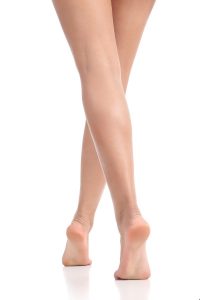 Morphea or localized scleroderma, is an autoimmune condition whereby one’s own immunity develops a response against one’s own cells in the skin, causing hardening, tightening, and scarring. At times it may involve underlying fascia and bone.
Morphea or localized scleroderma, is an autoimmune condition whereby one’s own immunity develops a response against one’s own cells in the skin, causing hardening, tightening, and scarring. At times it may involve underlying fascia and bone.
Who gets morphea ?
oth children and adults can get morphea. Those who have other autoimmune conditions or a close family member with an autoimmune condition, may be more prone to getting this.
How do I know if I have it ?
If you think you may have morphea, it is best to see a dermatologist. There are several types of morphea, including plaque and linear types, each giving a characteristic distribution on the skin, as well as depth of involvement. The involved skin often has a smooth, shiny, hardened, lighter or darker appearance centrally, with a pink or purple border (if disease is active). A biopsy may be done to confirm the diagnosis. When the skin involved overlaps a joint, it may limit full range of motion of that joint.
How can I treat it ?
Morphea is often treated with superpotent topical steroids to stop the spread of active disease and soften existing disease. Additionally, topical calcineurin inhibitors may be used in conjunction with topical steroids. Additionally, light therapy can help lesions as well. If disease is extensive or potentially disfiguring or disabling (e.g. morphea lesions cross a joint) then systemic immunosuppressant may be needed.
When should I see a dermatologist about it ?
You should see a dermatologist as soon as you suspect you may have morphea, to confirm the diagnosis.
Additional Resources:
Scleroderma Foundation
